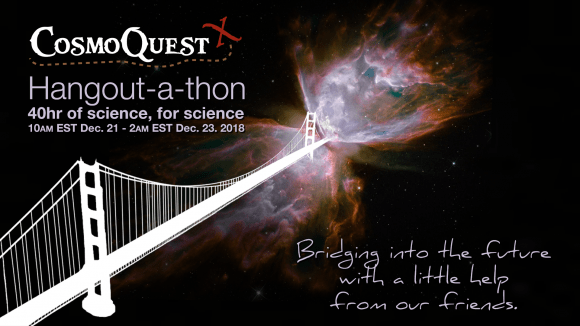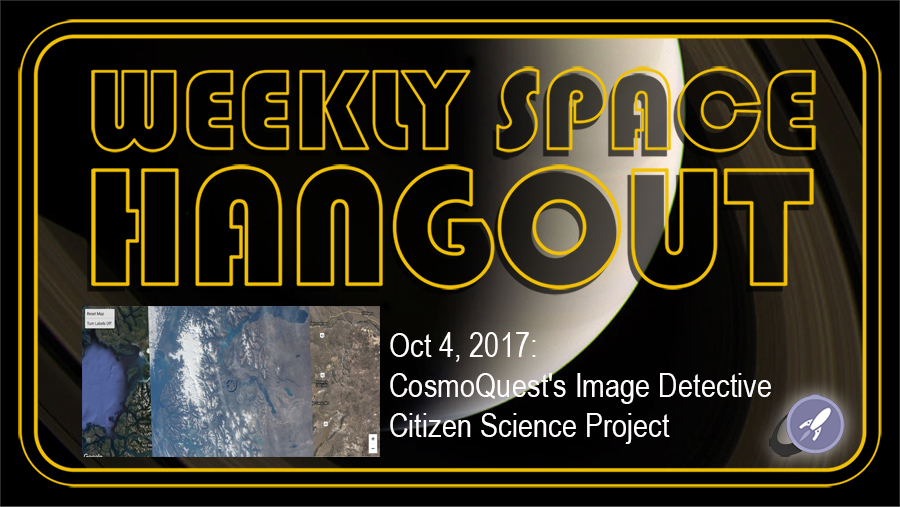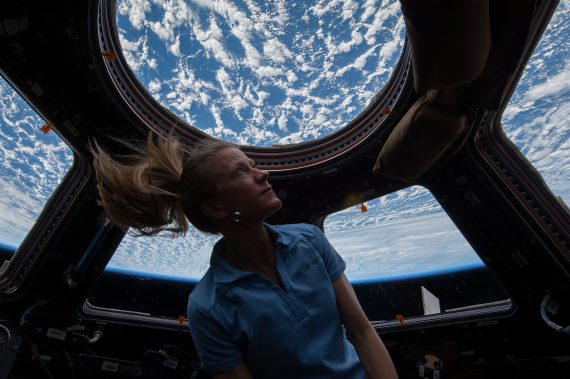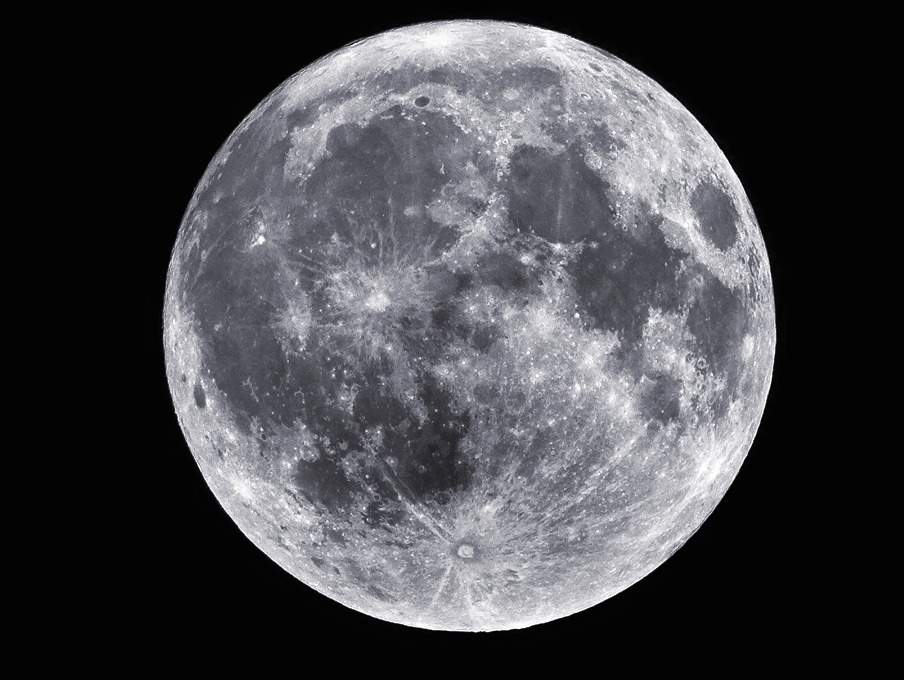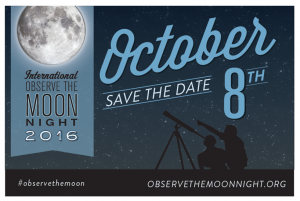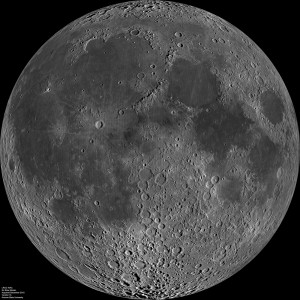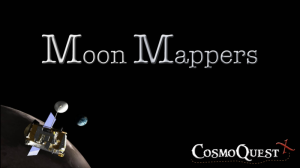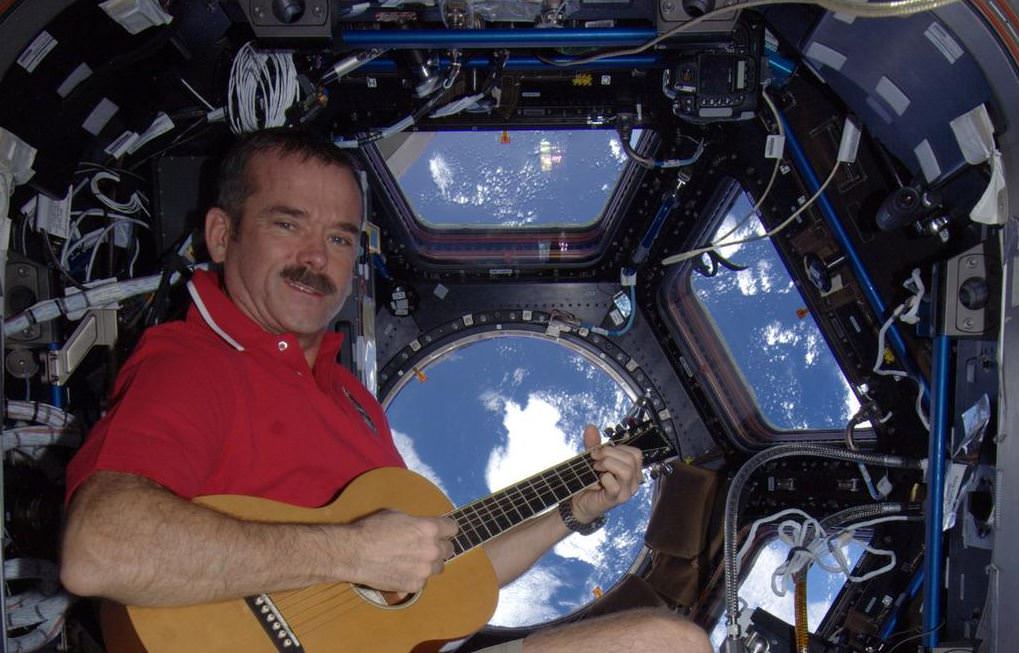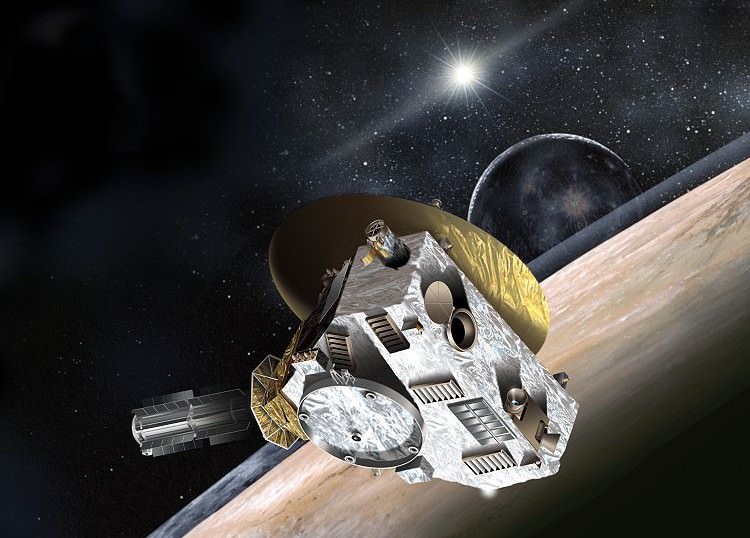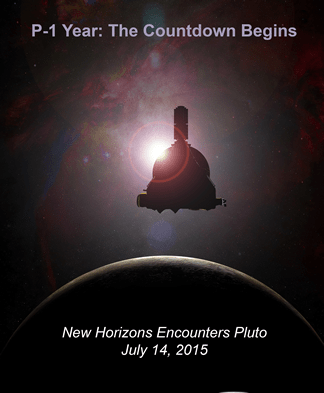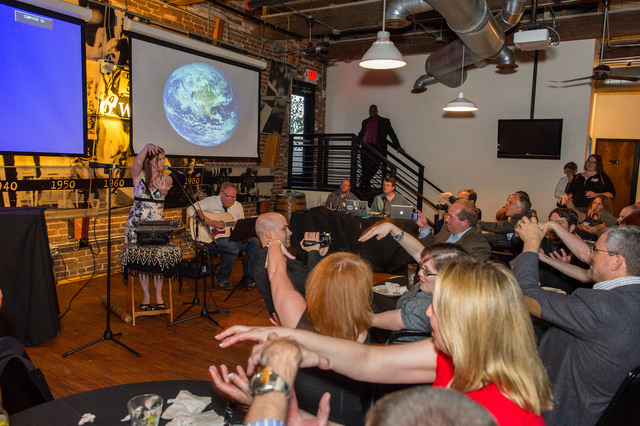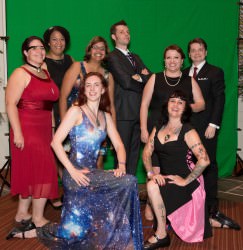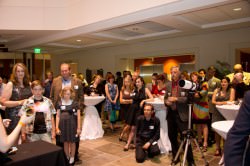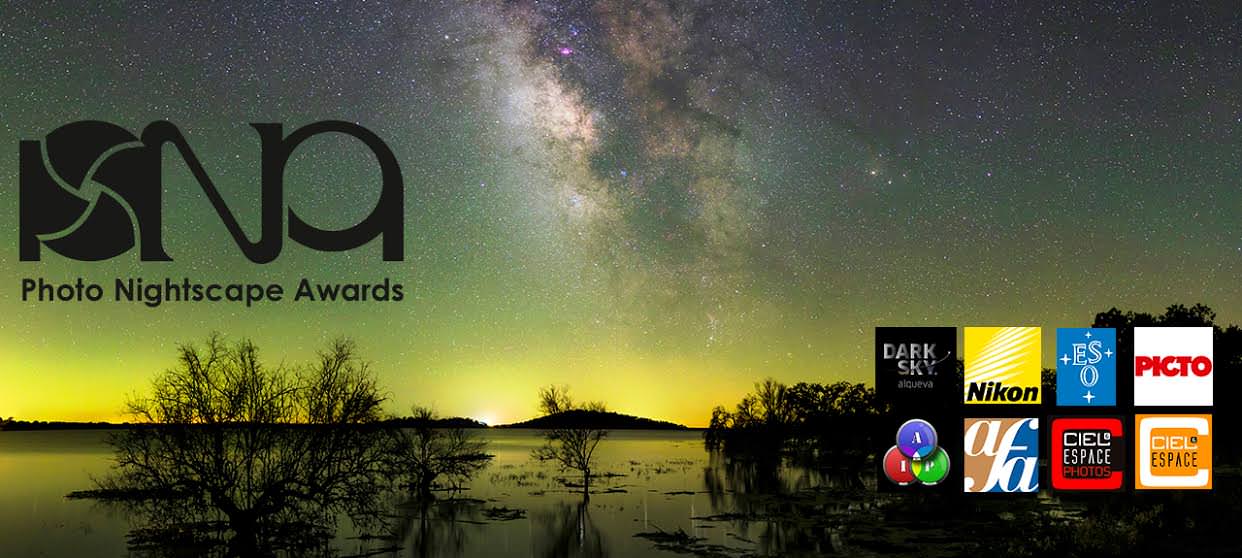Here are a few upcoming and ongoing astronomy classes and photography contests that our readers may be interested in.

Once a year, the One-Minute Astronomer — aka Brian Ventrudo — offers a detailed course called “The Art of Stargazing,” and you need to act fast on this one, as the final signup date is March 24, 2014. This 12-month course breaks down everything you need to know about stargazing into bite-sized pieces… detailed sky tours, choosing and using the best binoculars and telescope for you, and a smattering of science to help you understand a little about your place in the universe. It also shows you how to find and enjoy hundreds of achingly beautiful sights you will remember for the rest of your life.”
You have until noon (GMT) this Monday, March 24 to begin your personal odyssey through the heavens. As the Brian says, “You’ll come away from The Art of Stargazing with everything you need to become a skilled backyard stargazer.”
The cost is $197 USD, and there are payment plans, as well as a lifetime of followup information and email advisories. Get all the details here.
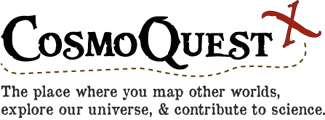
As always, you can find other ongoing classes at the CosmoQuest Academy. They regularly have new classes as well as opportunities for citizen science with their Moon Mappers, Asteroid Mappers and Planet Mappers programs.
There are also two astrophotography contests going on right now:
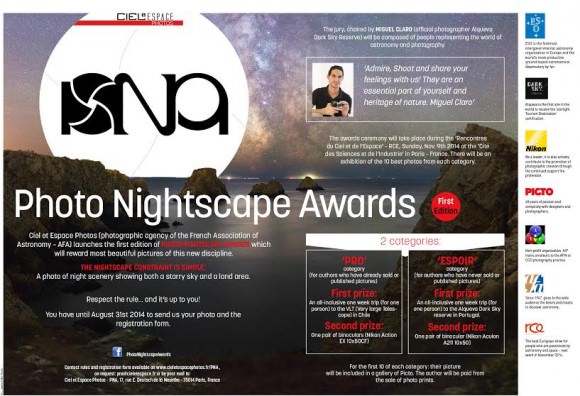
Ciel et Espace Photos in France is having their Photo Nightscape Awards, and are looking for submissions of Earth and night sky photos. Photos must be taken between January 1, 2014 and August 31, 2014. One photo submission per photographer, and all formats are accepted: panoramic, square, mosaics.
Prizes will be awarded Sunday, November 9, 2014 at the Rencontres Sky and Space (NCE) which will take place from 8 to 11 November 2014 at the Cité des Sciences et de l’Industrie.
They have two categories: pro and amateur. Prizes include a trip to the Very Large Telescope from ESO, a trip to the Alqueva Dark Sky Resever in Portugal for first prizes, and second prizes are a pair of Binocular from Nikon.
The judge for the contest is Miguel Claro, whose astrophotography we feature often here on Universe Today.
Get more information and find all the rules here.
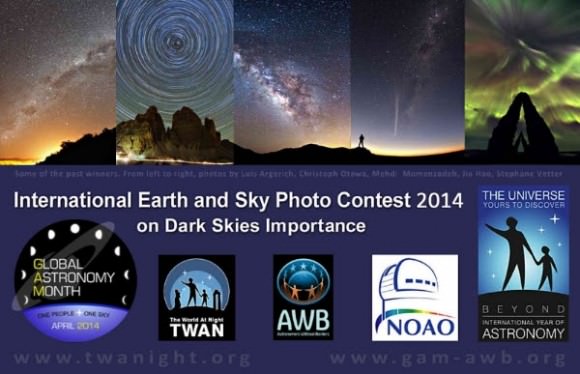
A second photo contest comes from our friends at TWAN—The World At Night with their 5th annual International Earth and Sky Photo Contest, which is part of Global Astronomy Month in April 2014. The TWAN the contest is open to anyone of any age, anywhere around the world.
This year’s contest theme, “Dark Skies Importance,” has two categories: “Beauty of the Night Sky” and “Against the Lights.” Photos submitted to the contest should address either category: either to impress people on how important and amazing the starry sky is or to impress people on how bad the problem of light pollution has become. Both categories illustrate how light pollution affects our lives. Photographers can submit images to one or both categories.
Submitted photographs must be created in the “TWAN style” — showing both the Earth and the sky — by combining elements of the night sky (e.g., stars, planets, the Moon or celestial events) in the backdrop of a beautiful, historic, or notable location or landmark. This style of photography is called “landscape astrophotography”. This is similar to general “Nightscape Photography” but with more attention to the sky, astronomical perspectives, and celestial phenomena.
Find out more here.
